When the spring rice crop is ready for harvest, farmers in An Thanh commune (Tu Ky) also begin the main clam harvesting season of the year.
Many times I have enjoyed some delicious dishes made from clams, but I do not know how farmers in An Thanh commune harvest clams. One day in mid-May, Ms. Pham Thi Men - a farmer whose clam harvesting area is outside the Thai Binh River dike agreed to let me "witness" this process.
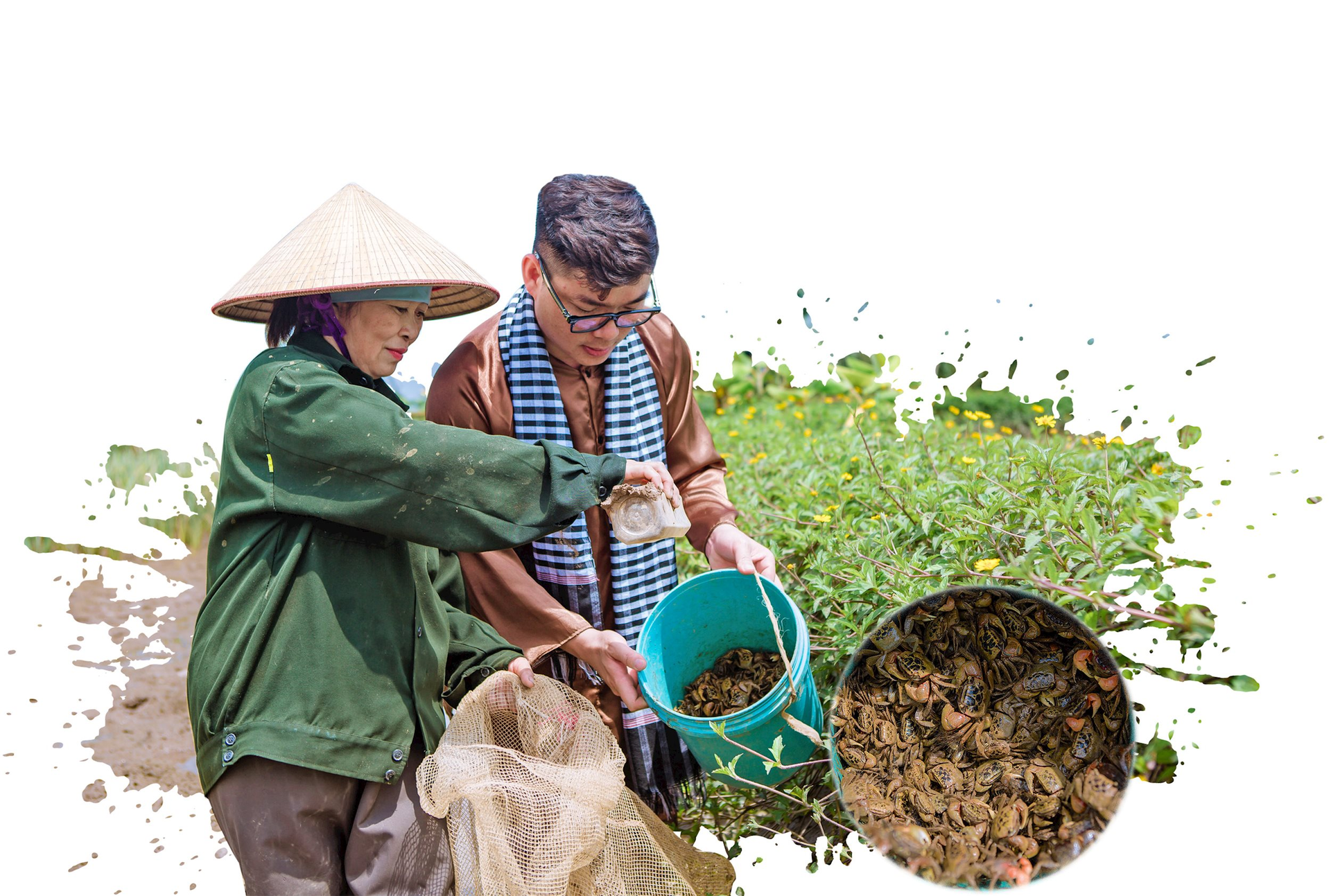
At 5 a.m., Ms. Men and many farmers in An Thanh commune woke up to prepare to set traps for crabs in the organic rice fields outside the Thai Binh River dike. She used a few chopsticks of shrimp paste, a little water mixed with a bowl of previously roasted rice bran to create a thick liquid called "thịn". With several mesh bags containing more than 200 plastic bottles, mainly fish sauce and cooking oil bottles with the tops cut off, she spread the "thịn" into each plastic bottle. Then, she took the plastic bottles and placed them under the rice field bank with many holes for crabs in a vertical direction, placing one every 50-70 cm. "We came up with this way of trapping crabs a few years ago, passed down from person to person. In general, it doesn't take much effort but is highly effective. When crabs smell the "thịn" (fish bait), they will crawl out of the holes to eat the bait. Once they crawl into the bottle, they cannot crawl back out because the plastic bottle is very slippery. Before this method was invented, people mainly used hammers, iron hooks, and shovels to catch crabs, but they didn't catch much and it was hard work," said Ms. Men.
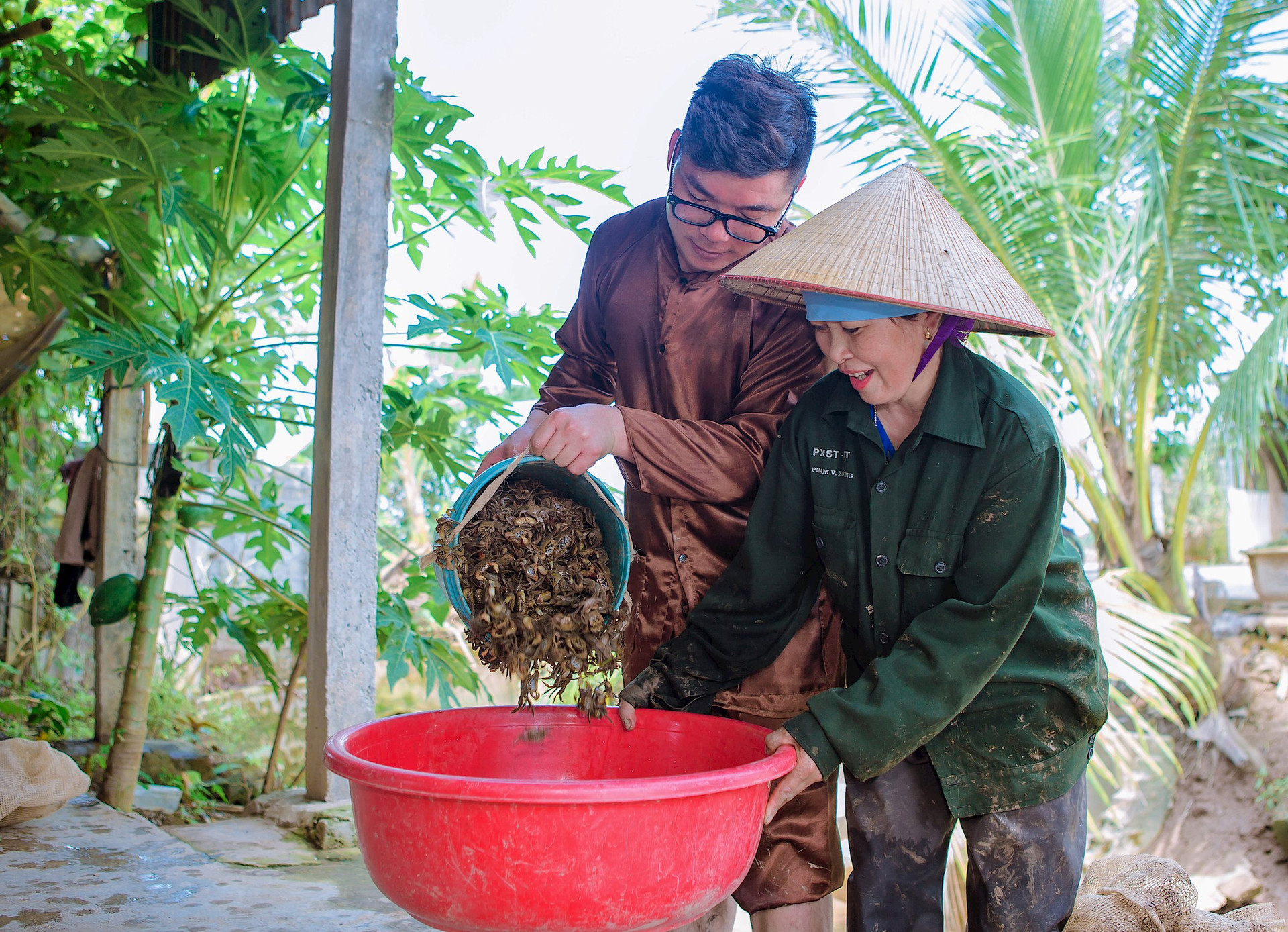
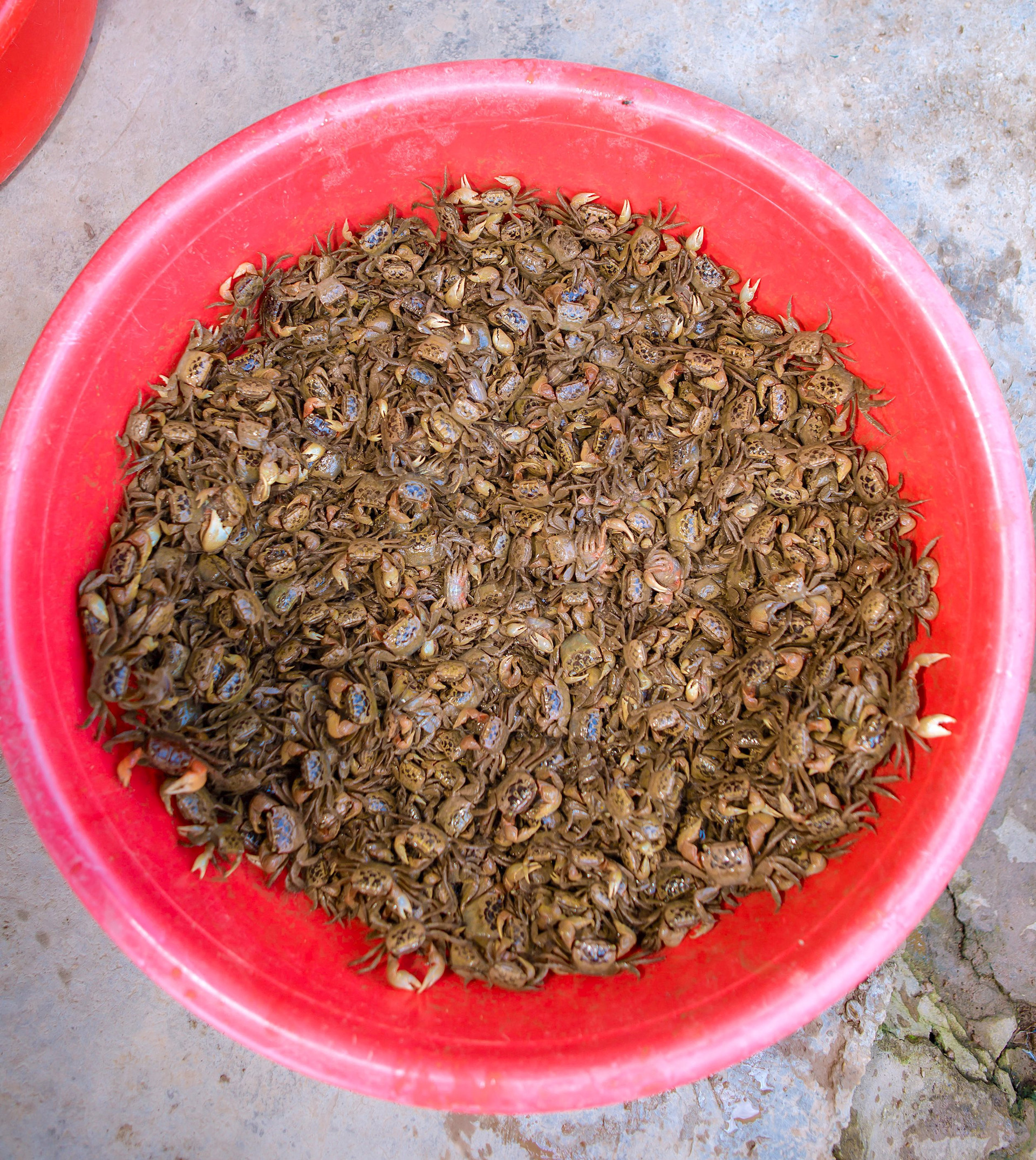
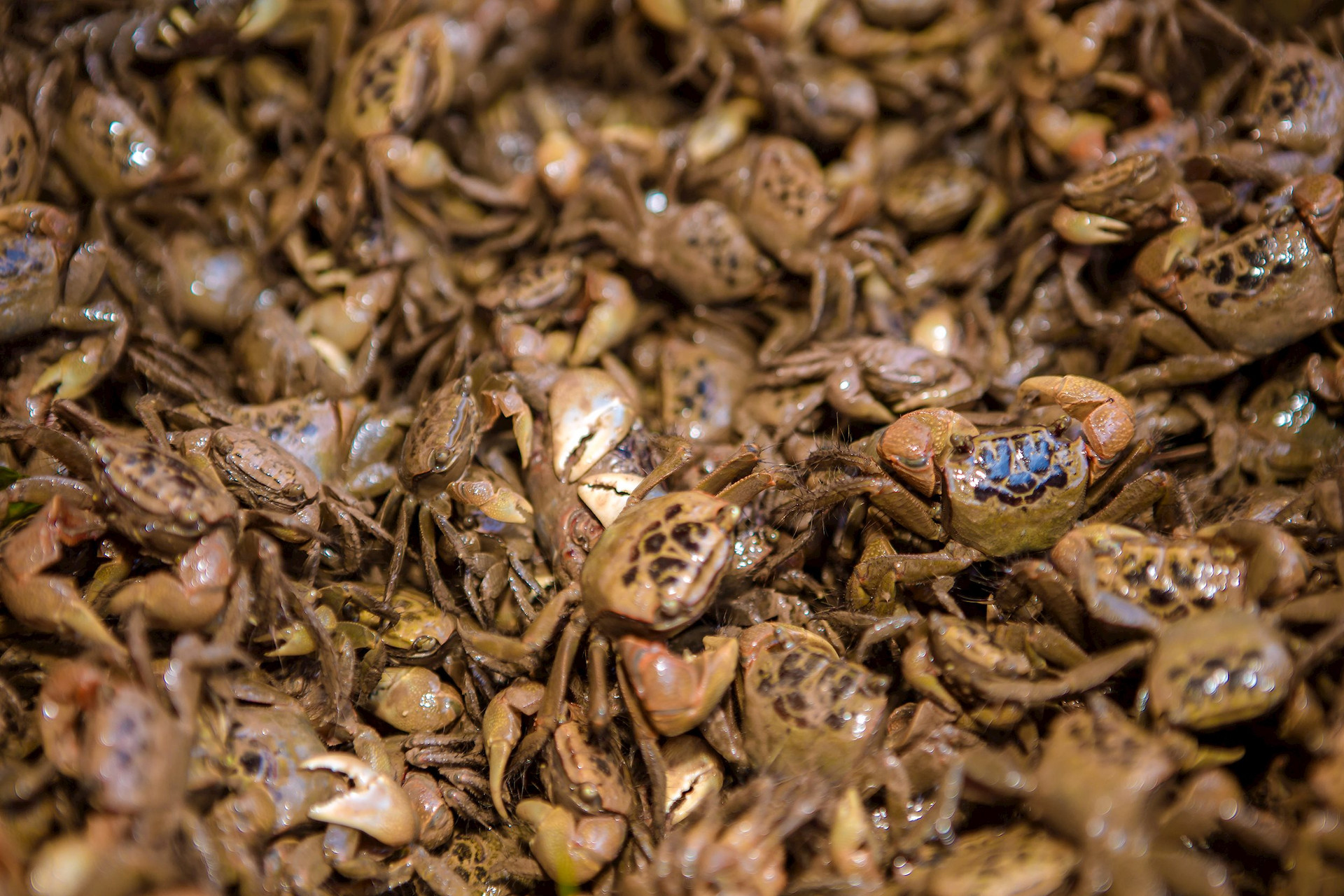
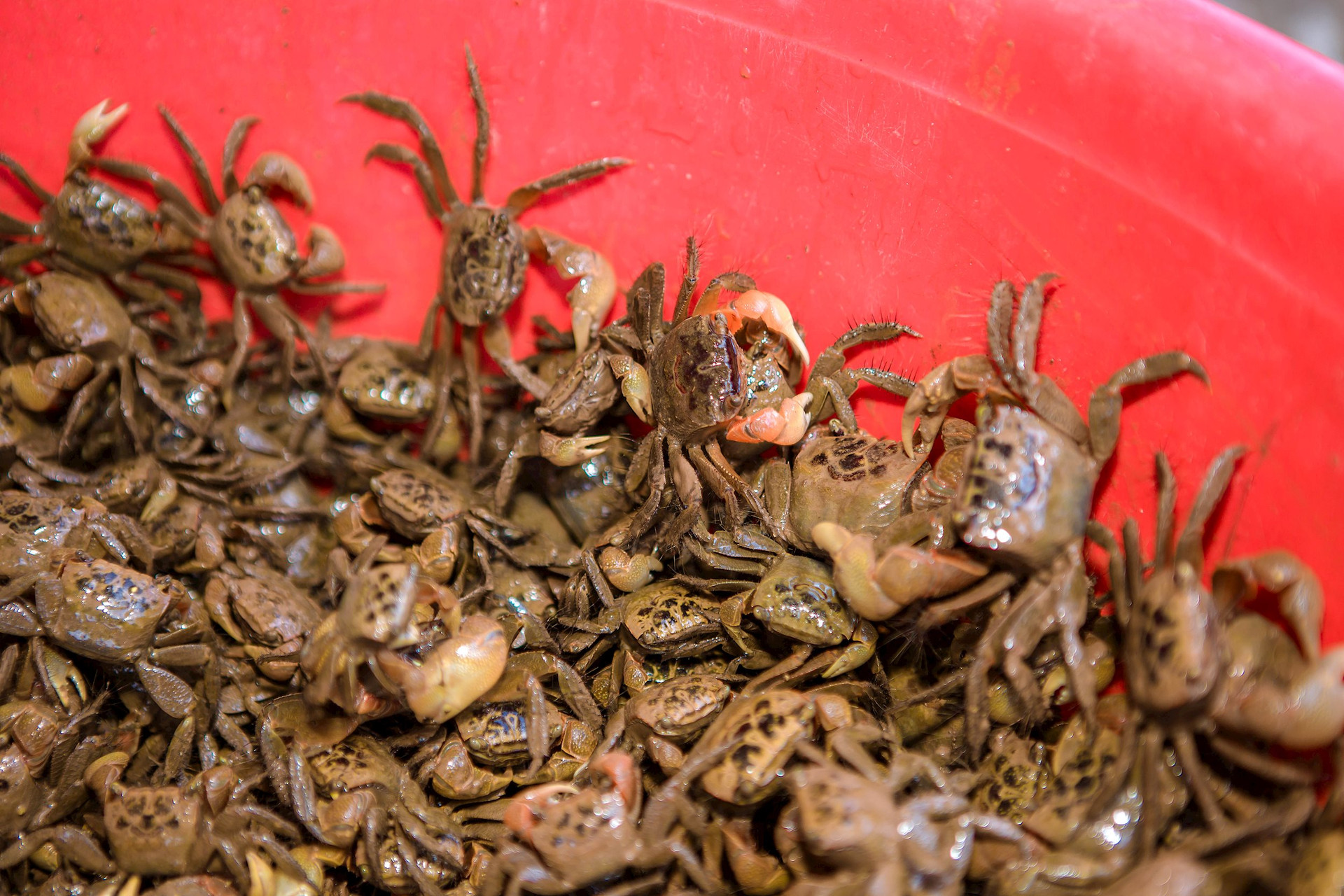
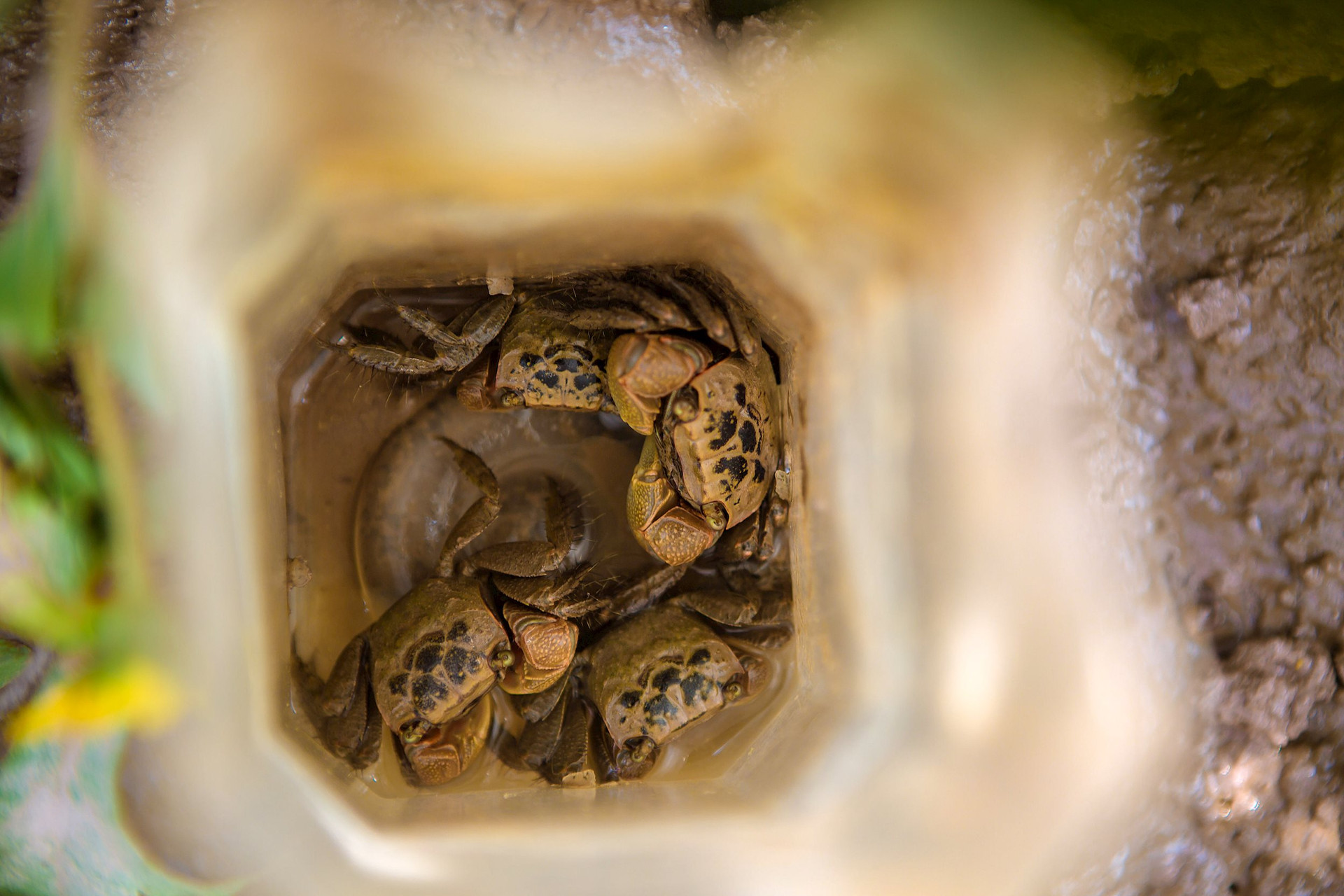
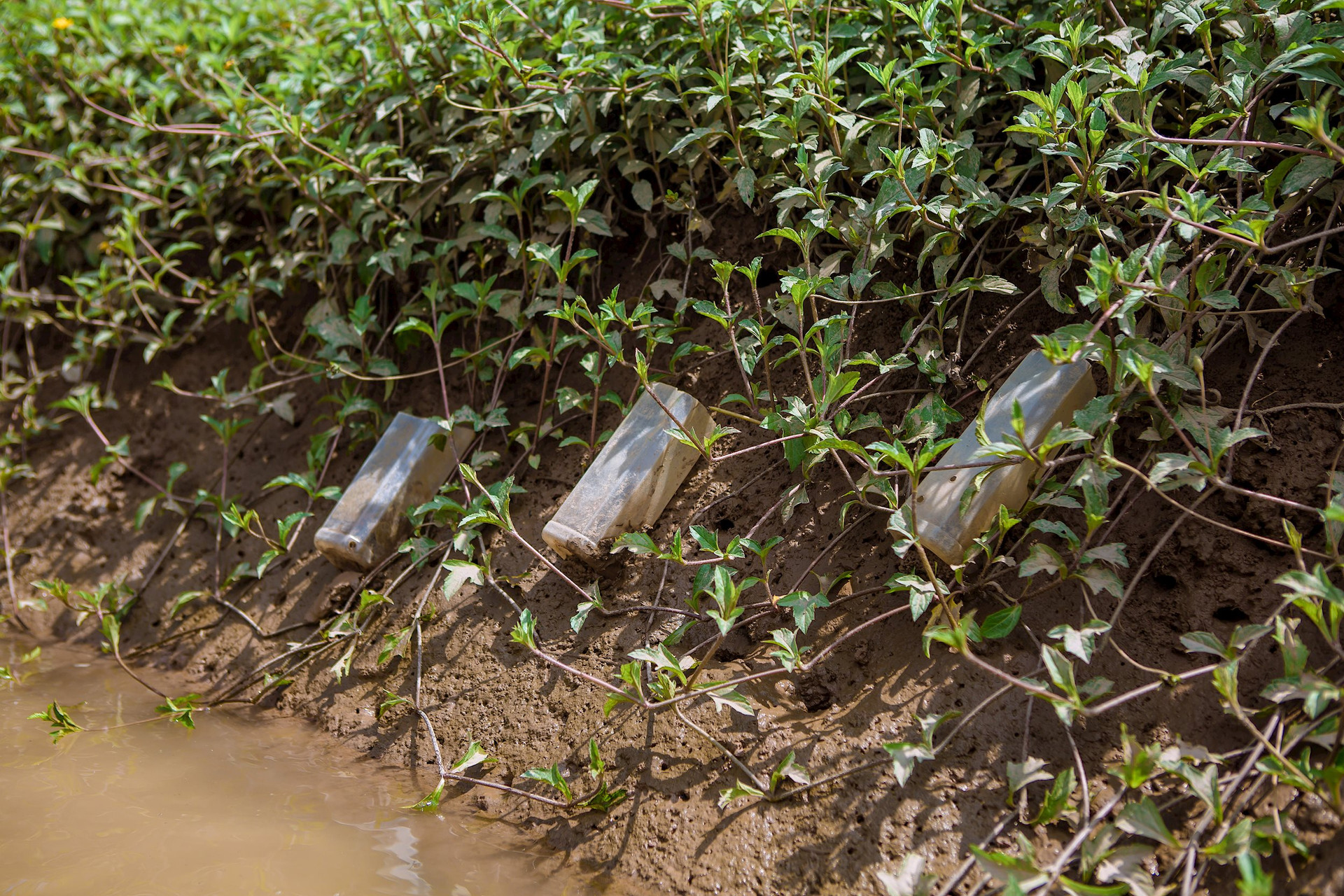
At 8am, Ms. Men and I started to harvest the clams. She said we had to harvest before the sun rose high, otherwise the clams would die from the heat. I observed that almost every plastic bottle had clams stuck in the trap, of all sizes. Ms. Men quickly poured the clams into the plastic bucket, her movements were quick and agile, in less than half an hour she had finished harvesting the batch of clams on the nearly 3-acre field. After harvesting, Ms. Men poured the clams into a basin to wash them once with water to remove the dirt. The whole basin was full of clams. Traders were already there to buy them all.
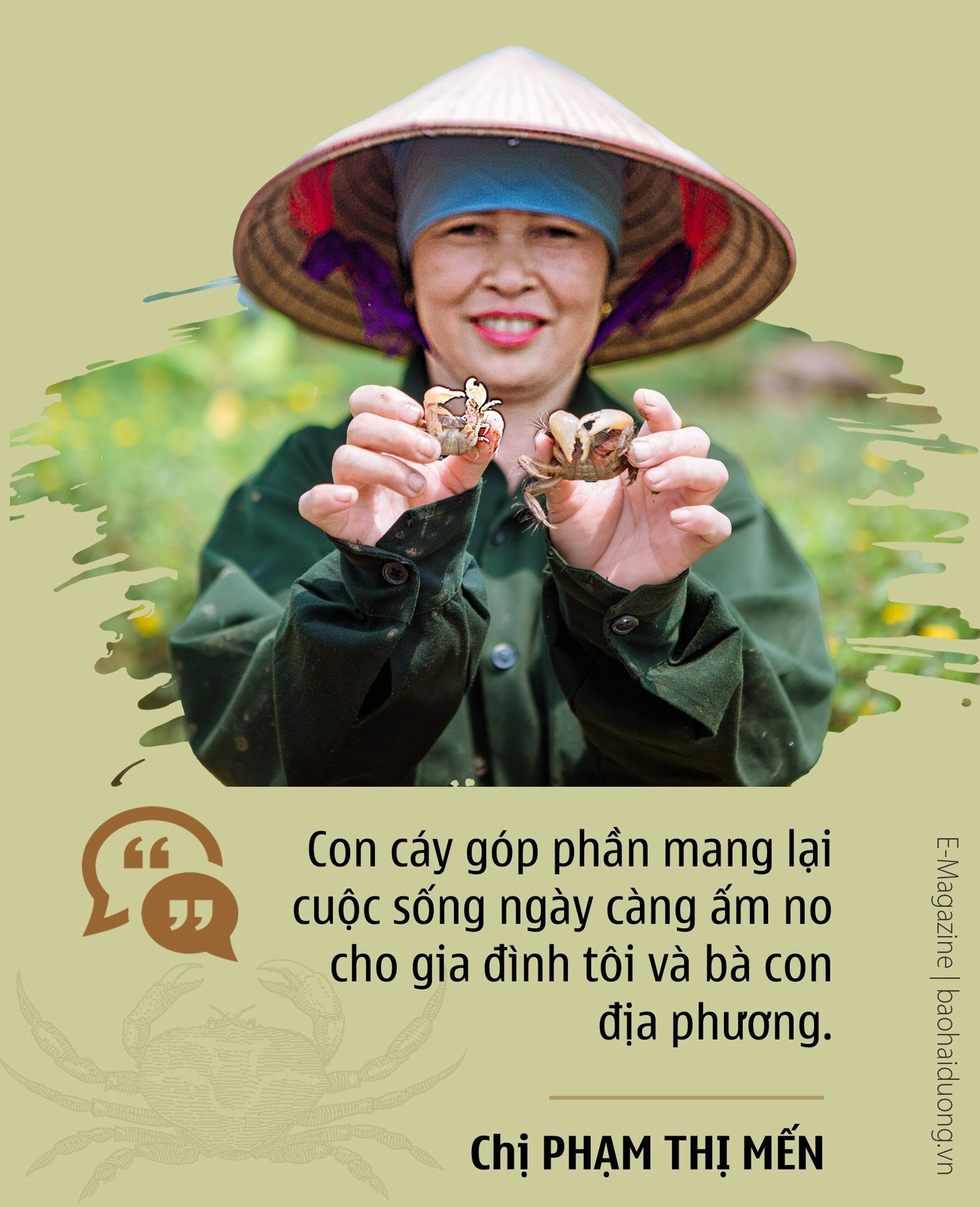
In general, harvesting clams does not require much effort. According to Ms. Men, investing in harvesting this specialty is almost free, just keeping the environment clean and putting in a little effort. During the harvesting process, if there are female clams carrying eggs, she and the villagers will release them back into the field so they can continue to reproduce. “Every 2-3 days, I harvest clams once, each time about 10-12 kg, the average selling price on the spot is 100,000 VND/kg. Clams contribute to bringing an increasingly prosperous life to my family and the local people.”
.
Along with the earthworm, the clam is one of two natural specialties that An Thanh commune has been blessed with by nature. This place is considered the largest earthworm granary in Hai Duong with more than 137 hectares outside the Thai Binh River dike for exploiting these two specialties. Not only that, since 2020, when the Soi sluice on the right dike of the Thai Binh River through An Thanh commune was invested in by the Ministry of Agriculture and Rural Development, the area for exploiting earthworm and clam here has been expanded to the inside of the field by 214 hectares. Up to now, more than 100 hectares of rice fields in the field have been renovated by the people to grow organic rice and exploit earthworm and clam.
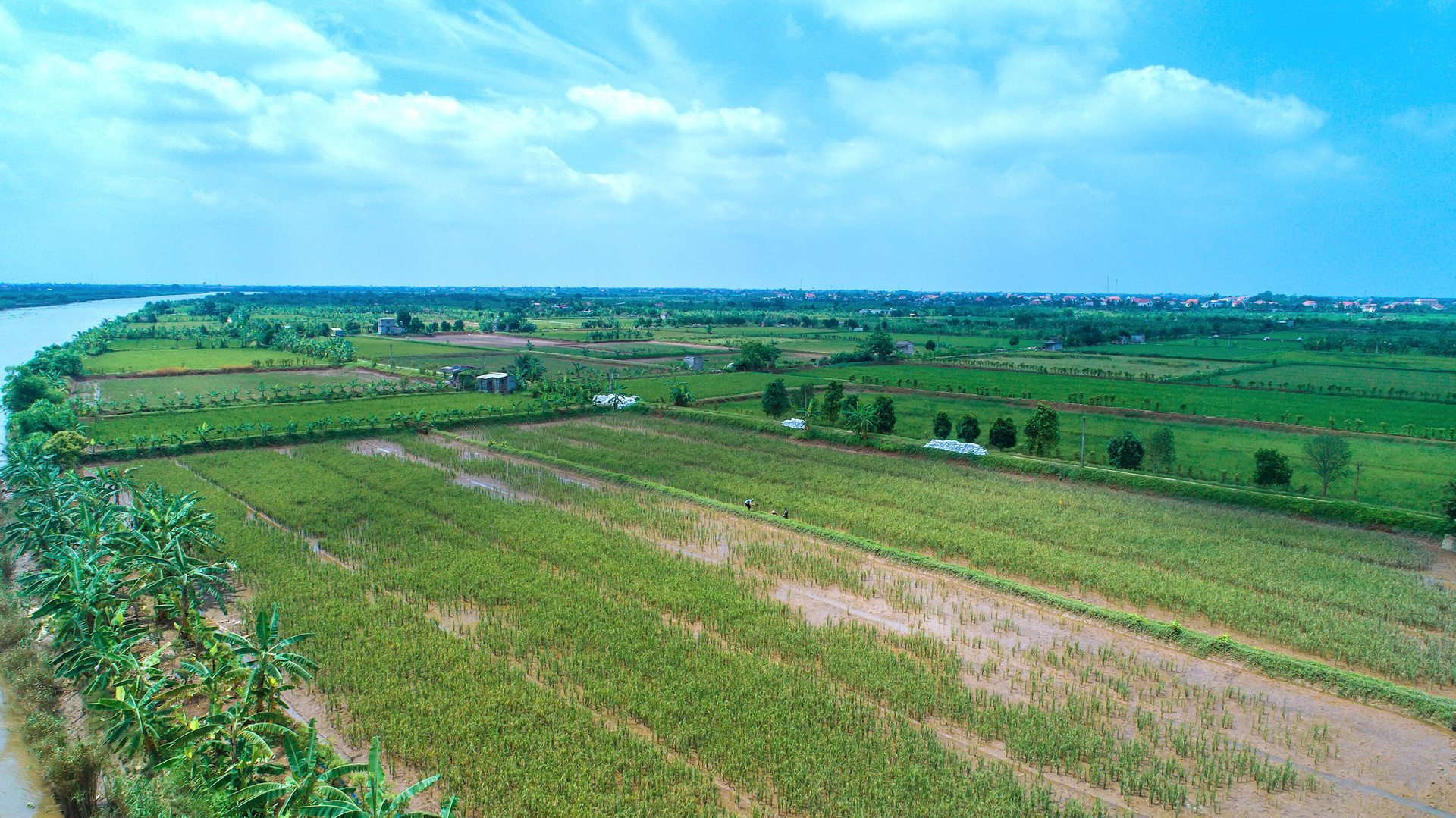
Compared to the earthworm, the time to harvest the clam is longer. The earthworm harvesting season usually starts in March and ends in October every year, focusing on May to the end of July. Mr. Pham Xuan Luan, Director of the An Thanh Commune Agricultural Service Cooperative, said that in 2010, farmers in the commune started growing organic rice, saying no to the use of pesticides and herbicides, most of the farming activities were done manually. Gradually, the organic rice growing model was expanded to all areas outside the dike. In 2022, the agricultural production area combined with the exploitation of earthworms and clams was over 137 hectares outside the Thai Binh River dike of the commune.
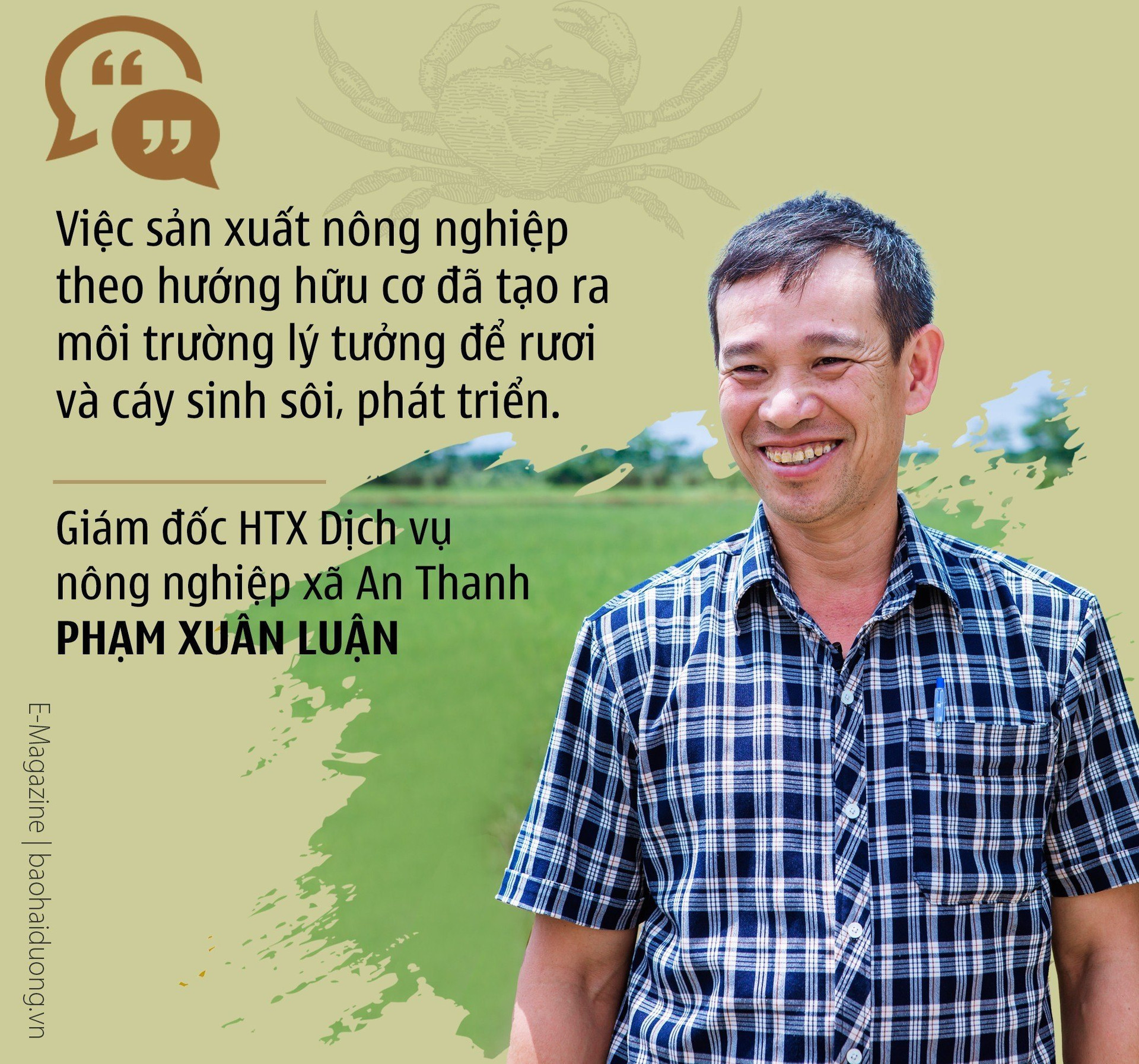
An Thanh has been certified to meet Vietnam's organic agricultural standards. Agricultural production in this direction has created an ideal environment for worms and clams to grow and develop, serving the goal of exploiting natural specialties in a sustainable manner. "The output of the clam crop in 2022 is about 1 ton/ha. The value of clams has contributed to increasing the income per unit of agricultural land area of the locality, reaching 450-500 million VND/ha/year," Mr. Luan informed.
Last May, the Hai Duong Provincial People's Council issued a Resolution on investing in the construction of a canal, canal bank combined with a road leading to Soi bridge in An Thanh commune with a total cost of more than 11.2 billion VND. After completion, the project will complete the local irrigation system, improve the capacity of irrigation and drainage for agricultural production, and connect traffic in the concentrated production area to serve the trading needs of people in the project area. This project will also contribute to the development of a model of exploiting earthworms and clams combined with organic rice cultivation, increasing people's income.
Many people often know about delicious dishes made from An Thanh earthworms, but in fact, the earthworms here can also be used to make many irresistible delicious dishes.
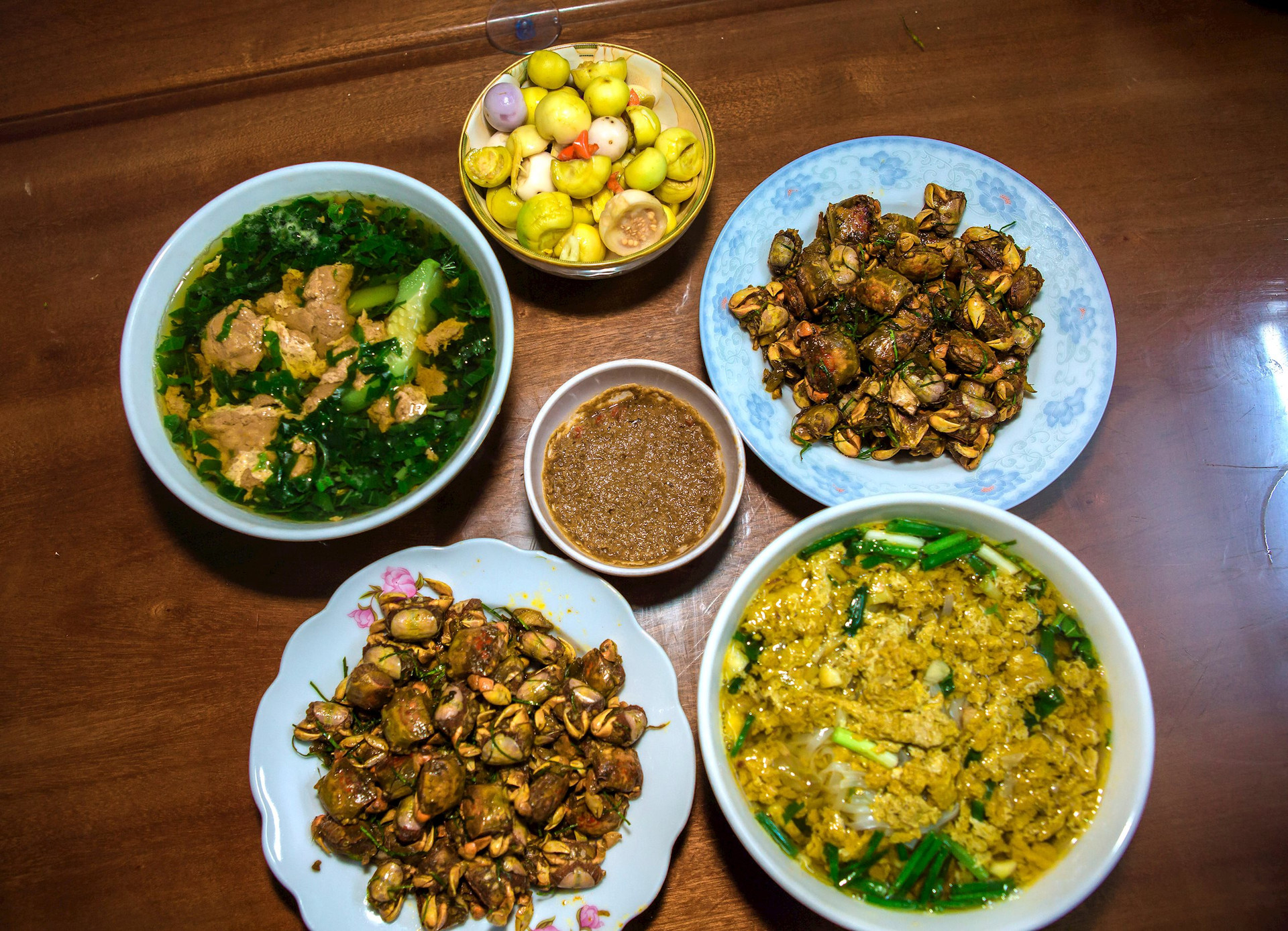
Ms. Pham Thi Hoa in An Dinh village said that in addition to the number of clams sold to traders, she also keeps a few hundred kilograms of clams every crop to make crab sauce. She chooses large, healthy clams, soaks them in diluted salt water, then washes them, peels off the shell, purees them and combines them with locally available spices to make crab sauce. In addition to Ms. Hoa's family, in An Thanh commune there are about 50 households that also make crab sauce. An Thanh crab sauce is famous for its delicious taste and is available in many provinces and cities across the country. This spice is popular with many people, and is suitable for dipping boiled vegetables or pork, duck, etc. "My family makes it every year, but sometimes it's not enough to meet customer demand. Each liter of crab sauce we sell is from 120,000 to 130,000 VND. Producing crab sauce also brings a significant source of income to people," Ms. Hoa informed.
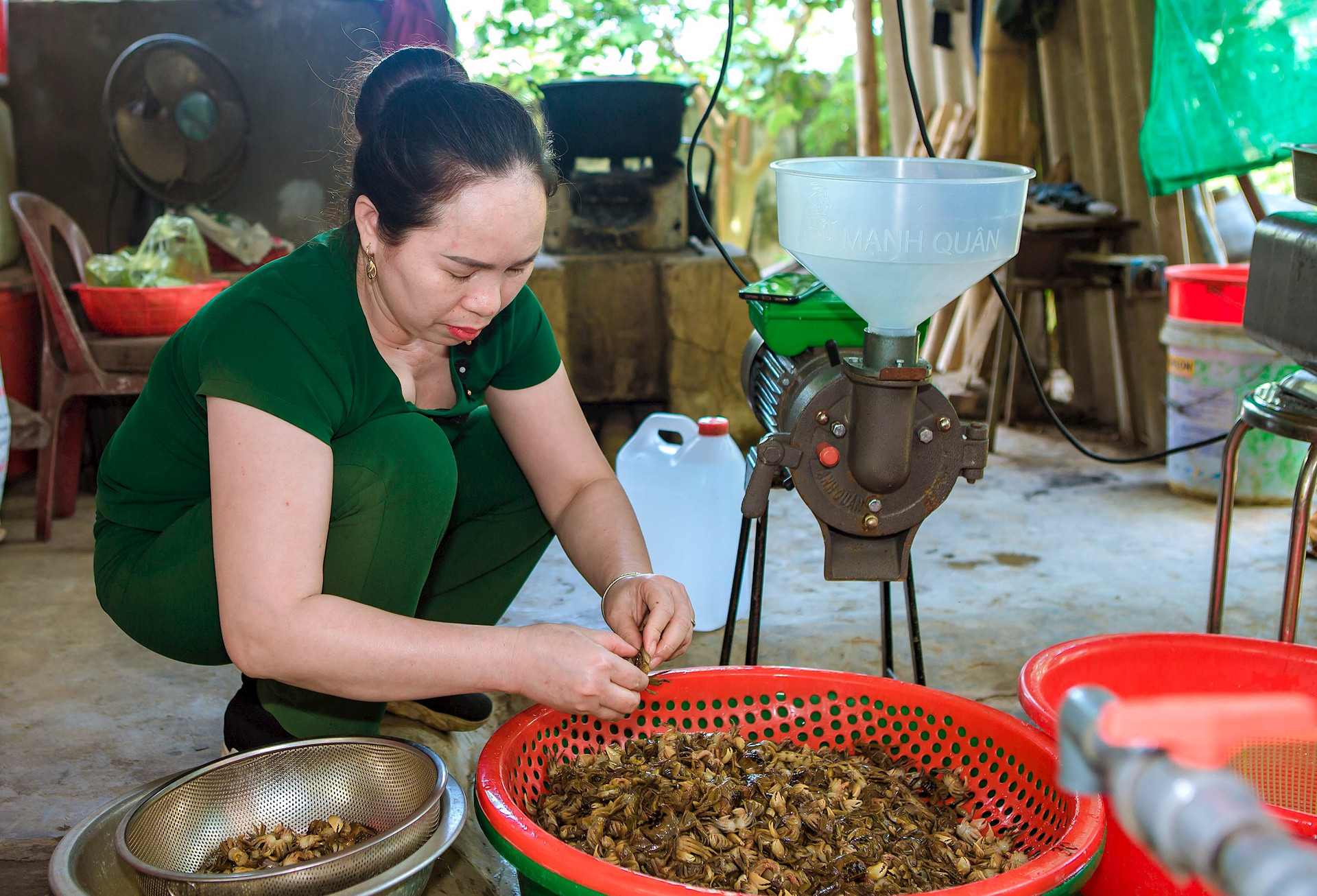
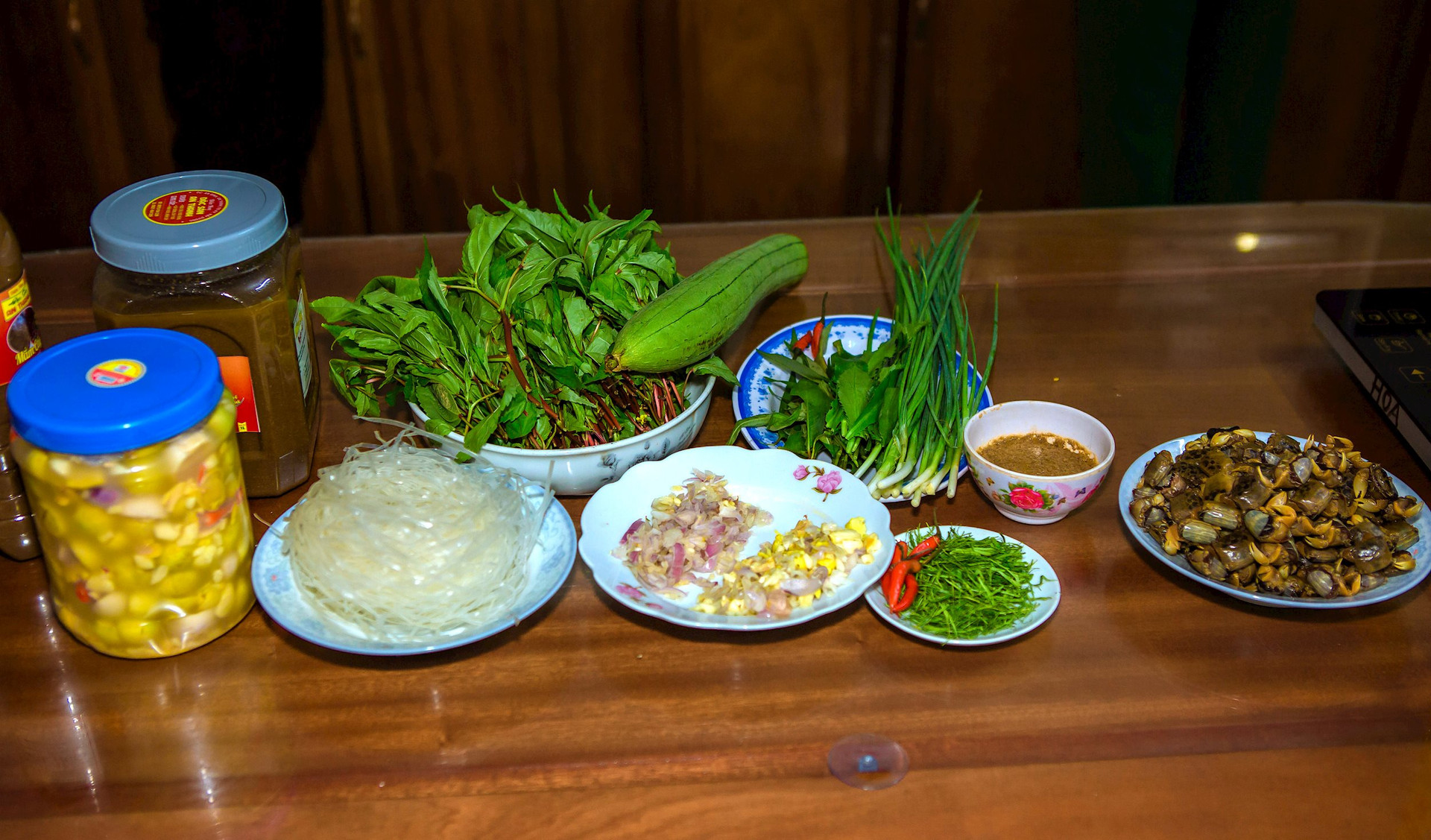
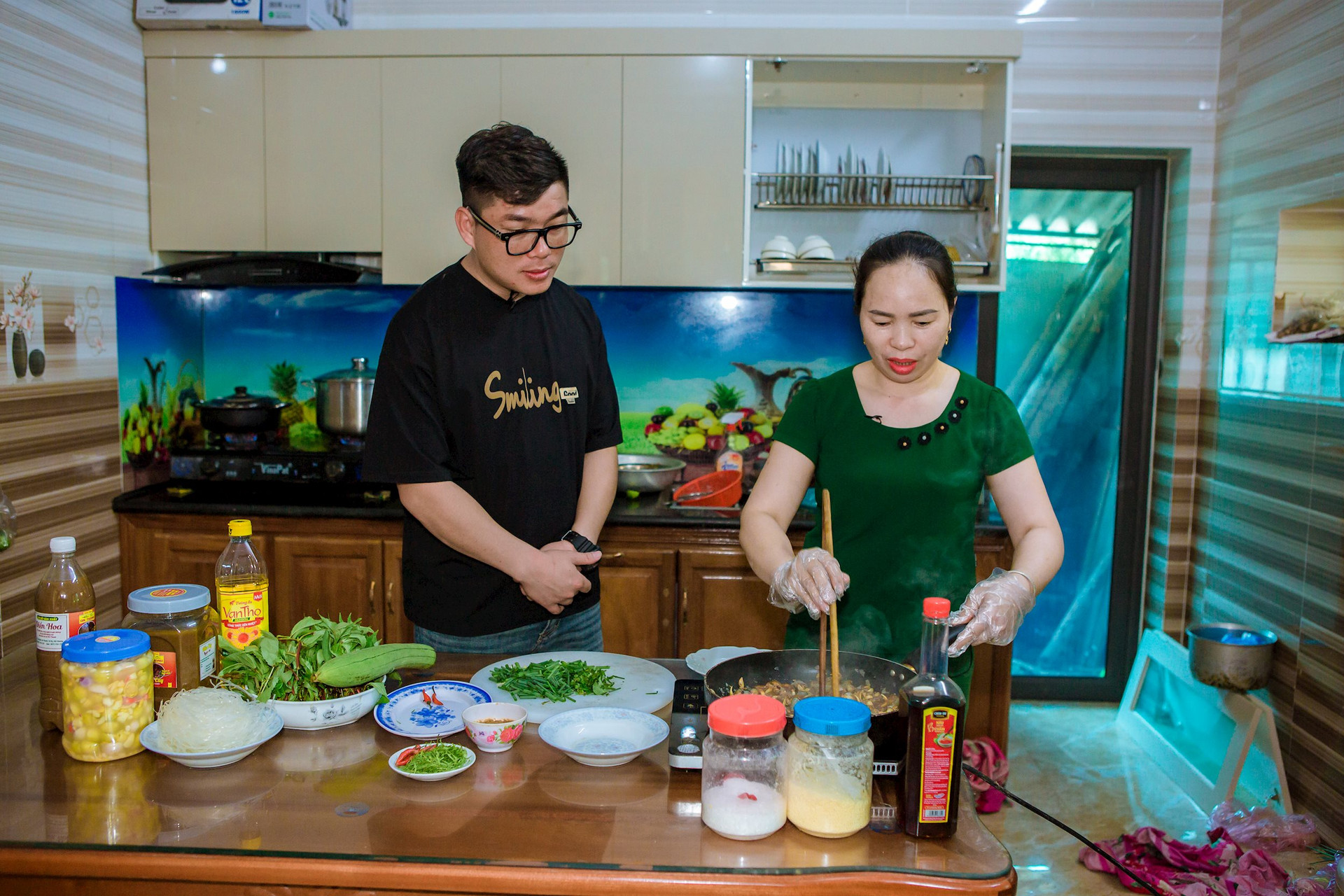
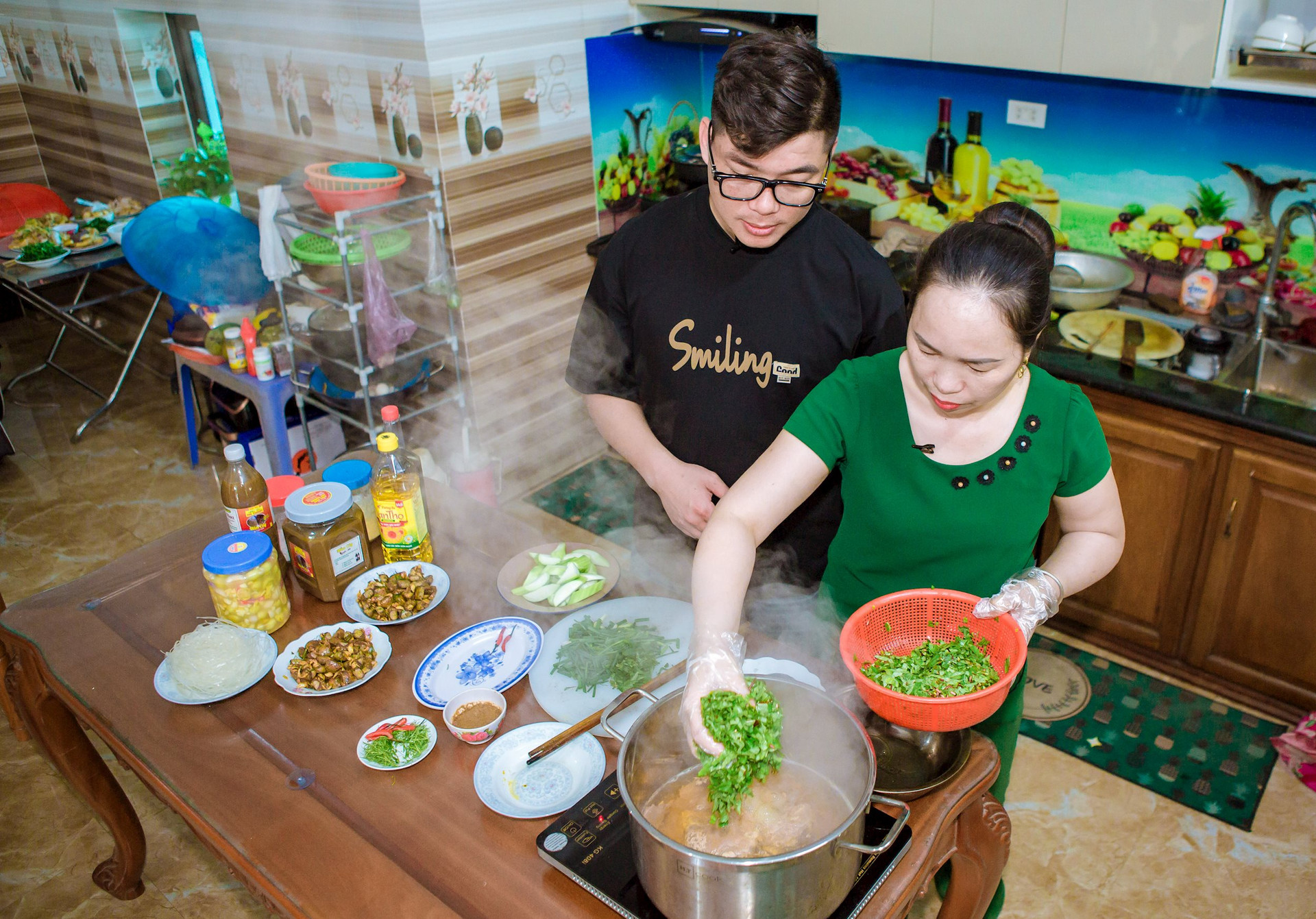
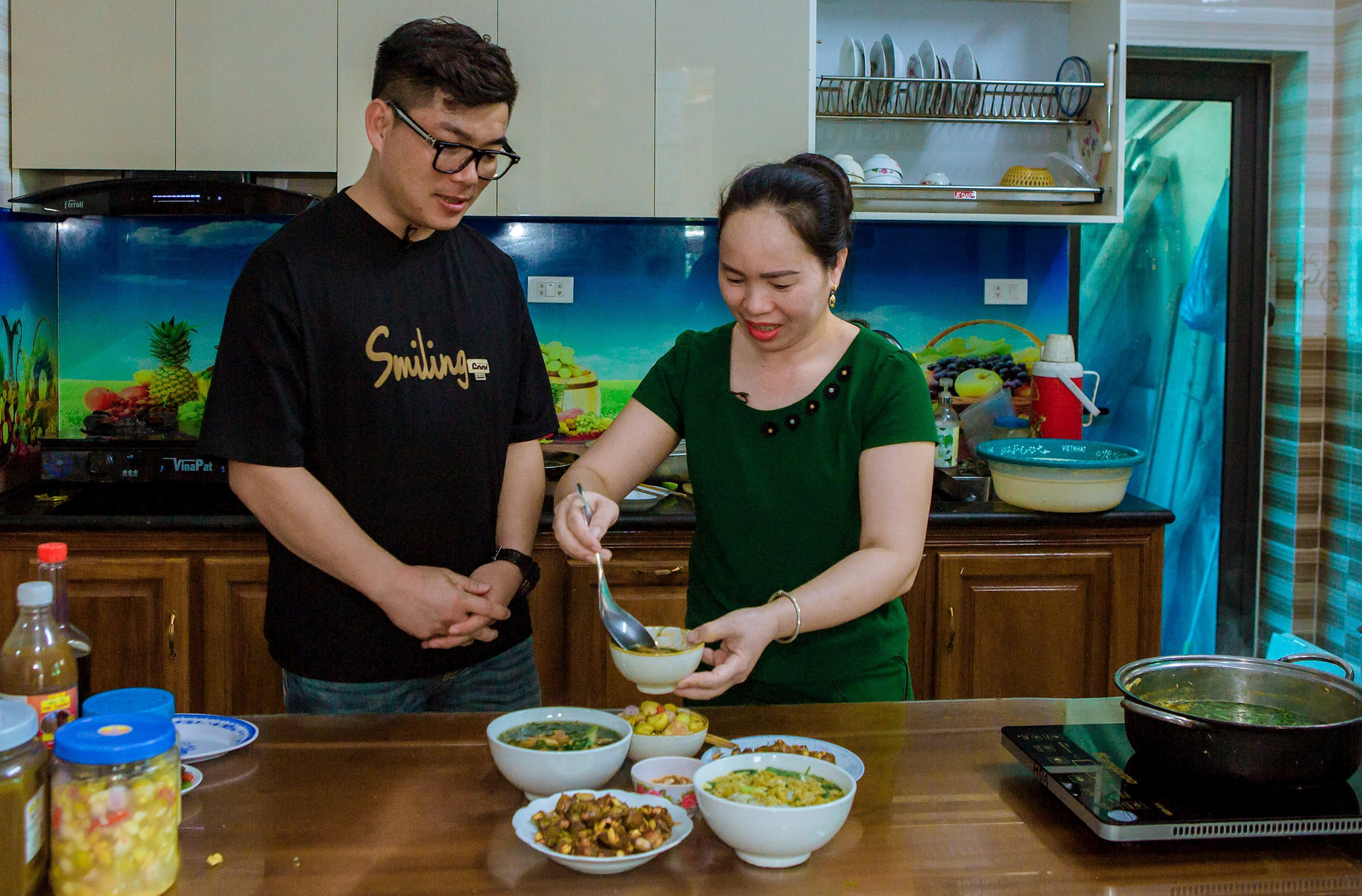
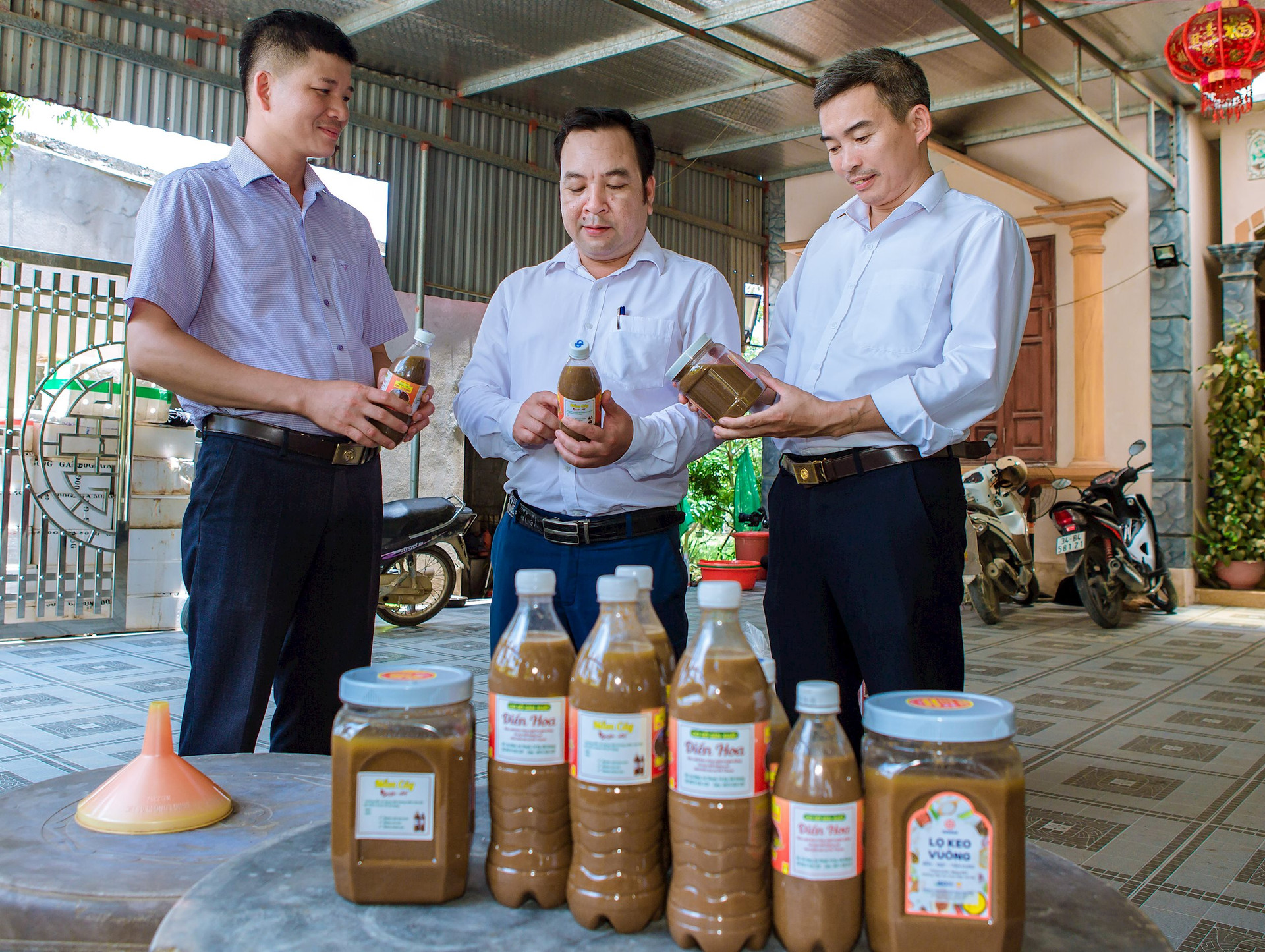
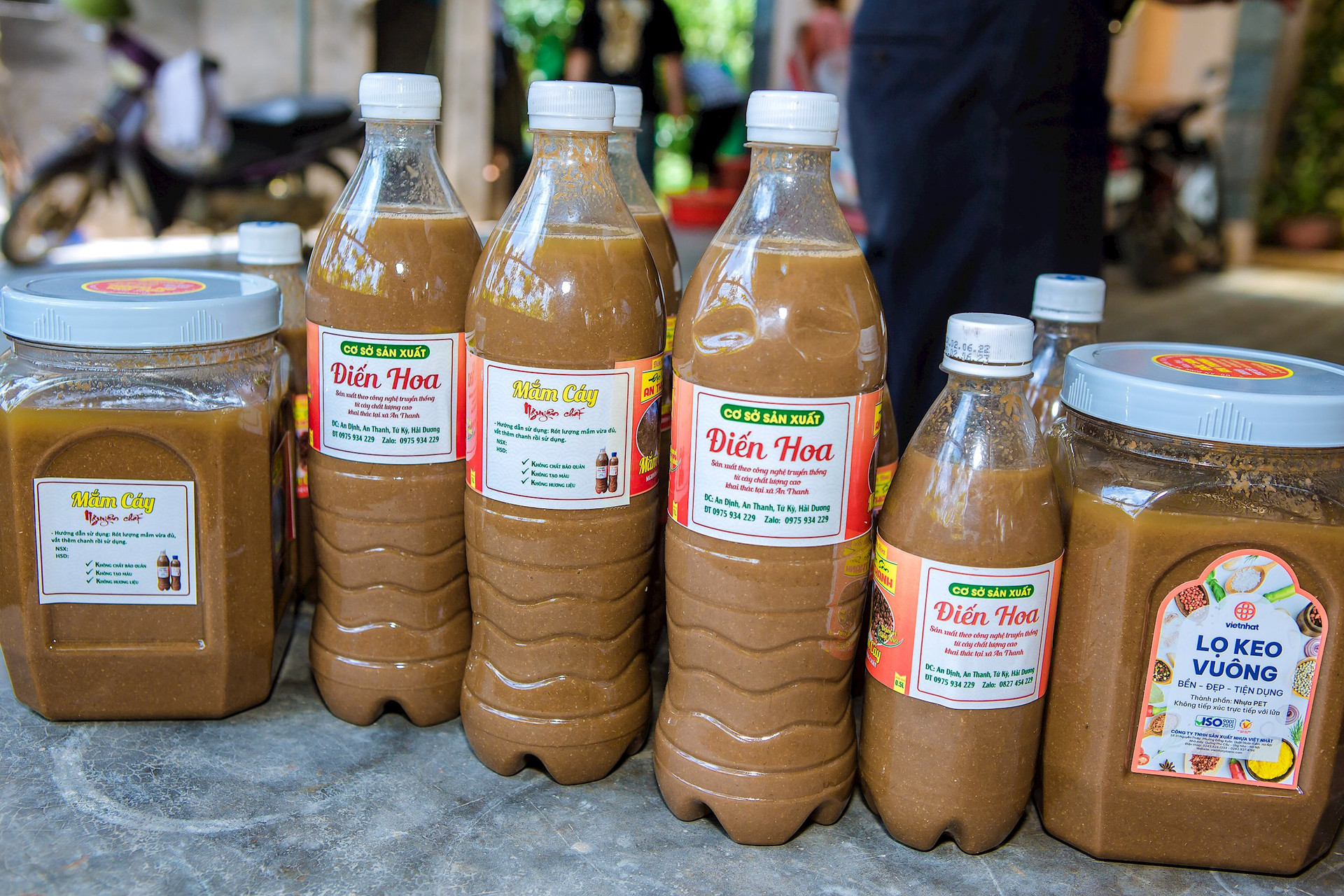
Coming to An Thanh to experience the clam harvesting, Ms. Hoa invited me and some friends to stay for lunch and enjoy some delicious dishes made from clams. She chose big, healthy, and plump clams to grind, filter the water and cook with jute and squash, and eat with pickled eggplant. She also used clams to cook with rice paper. In particular, Ms. Hoa also chose clams with eggs to fry with fragrant lemon leaves. Ms. Hoa did not forget to boil a plate of water spinach for us to dip in clam fish sauce.
The meal was full of simple, rustic dishes made from clams that were delicious. My friend Bui Quang Tiep in Gia Loc shared his feelings: “I have eaten jute cooked with clams in some places, but here the flavor is more fragrant and delicious. In the hot summer, there is nothing better than eating a bowl of clam soup cooked with jute and crispy eggplant. The most impressive dish was the first time I tasted clams fried with lemon leaves. When I ate it, I felt the crunchiness, the rich aroma, very attractive”.
Mr. Pham Duc Dong (Ms. Hoa's younger brother) said that many of his friends and tourists from other provinces and cities who came to An Thanh were very excited when they enjoyed the delicious dishes made from clams. They bought clams and learned the recipes for some dishes to bring home and apply. Vietnam Television and some press agencies also came to An Thanh commune to make reports on dishes made from clams.
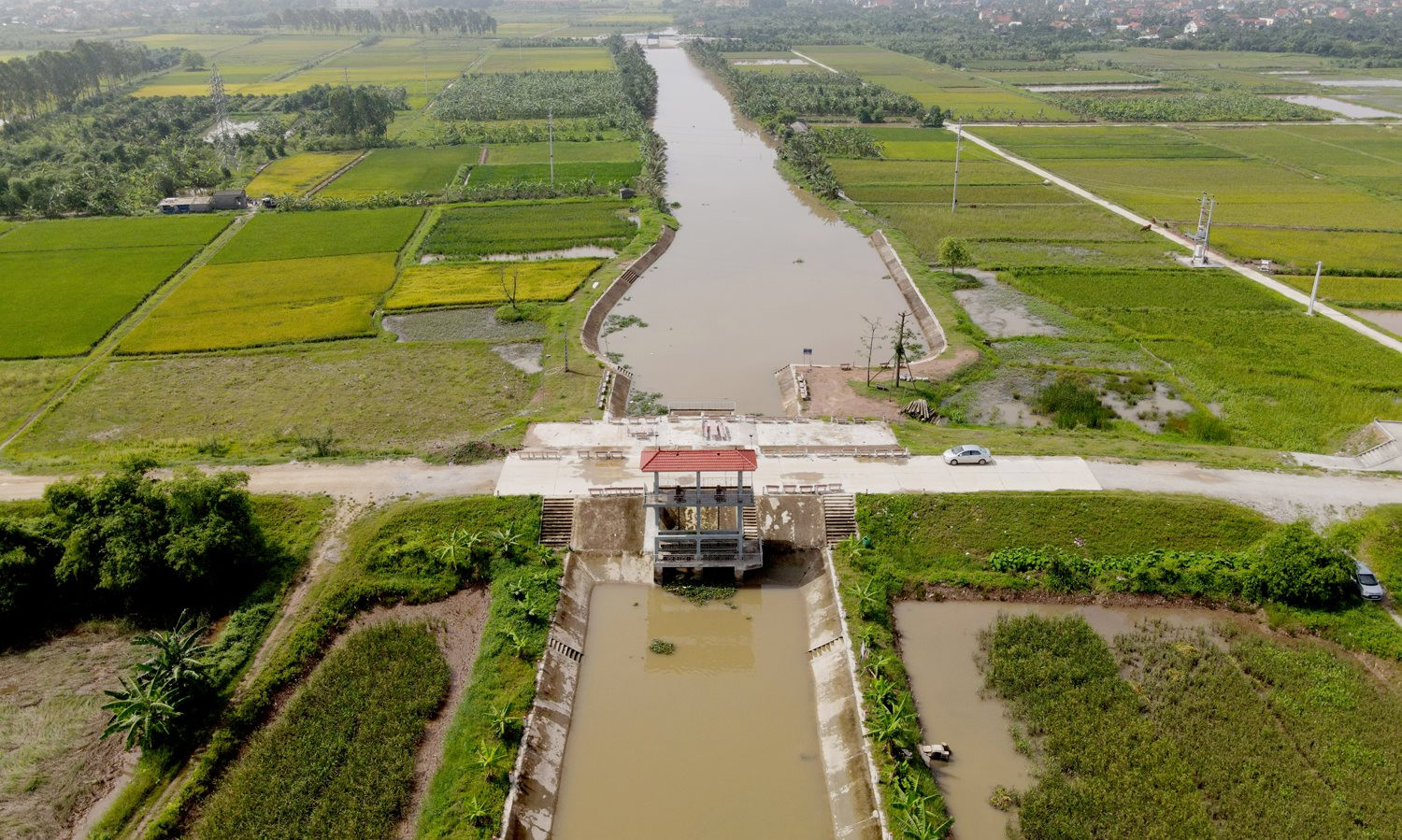
In recent years, the area of exploiting earthworms and clams in An Thanh commune has begun to attract tourists to visit and experience. Some travel businesses have also come here to visit and survey. Although the number of tourists is not large, this can be considered a positive signal to open up opportunities to exploit the maximum potential and advantages that An Thanh commune is holding.
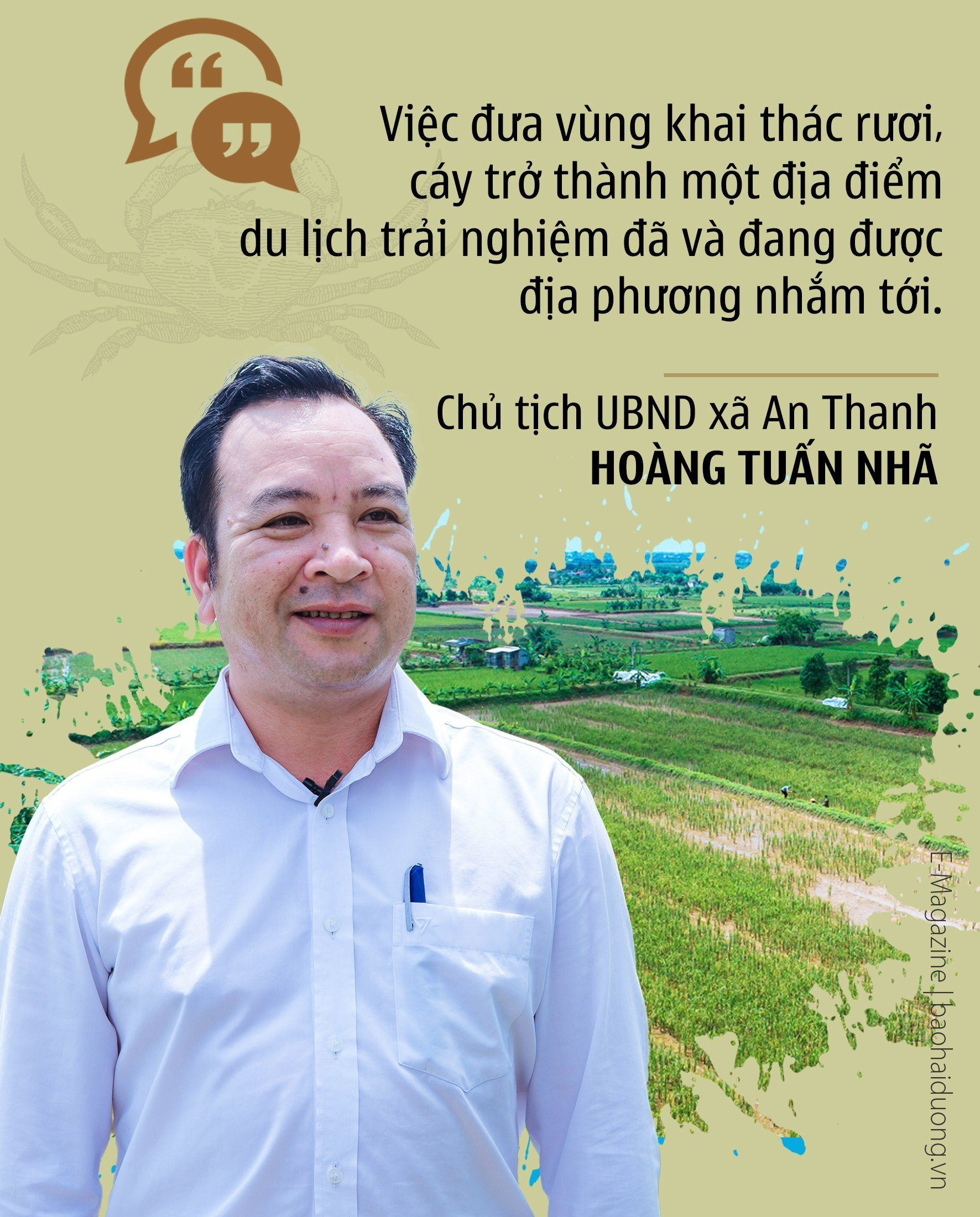
According to Chairman of An Thanh Commune People's Committee Hoang Tuan Nha, turning the rươi and cay exploitation area into an experiential tourism destination has been and is being targeted by the locality. The commune is seeking support from higher levels to focus on solutions to effectively implement the Project "Planning production areas in the direction of developing clean and safe agricultural economy, towards agricultural ecotourism associated with sustainable environmental protection in the period 2021-2025". Currently, the main road of the commune in phase 1, 2.7 km long, has been upgraded. The first section of this road will be directly connected to Provincial Road 391 (through Van To commune), making it much more convenient for people to travel. The traffic system to the rươi and cay exploitation area has been expanded, concreted, and cars can go all the way to the site. "Synchronous investment in traffic is an important premise for our locality to realize the above goal," said Mr. Nha.
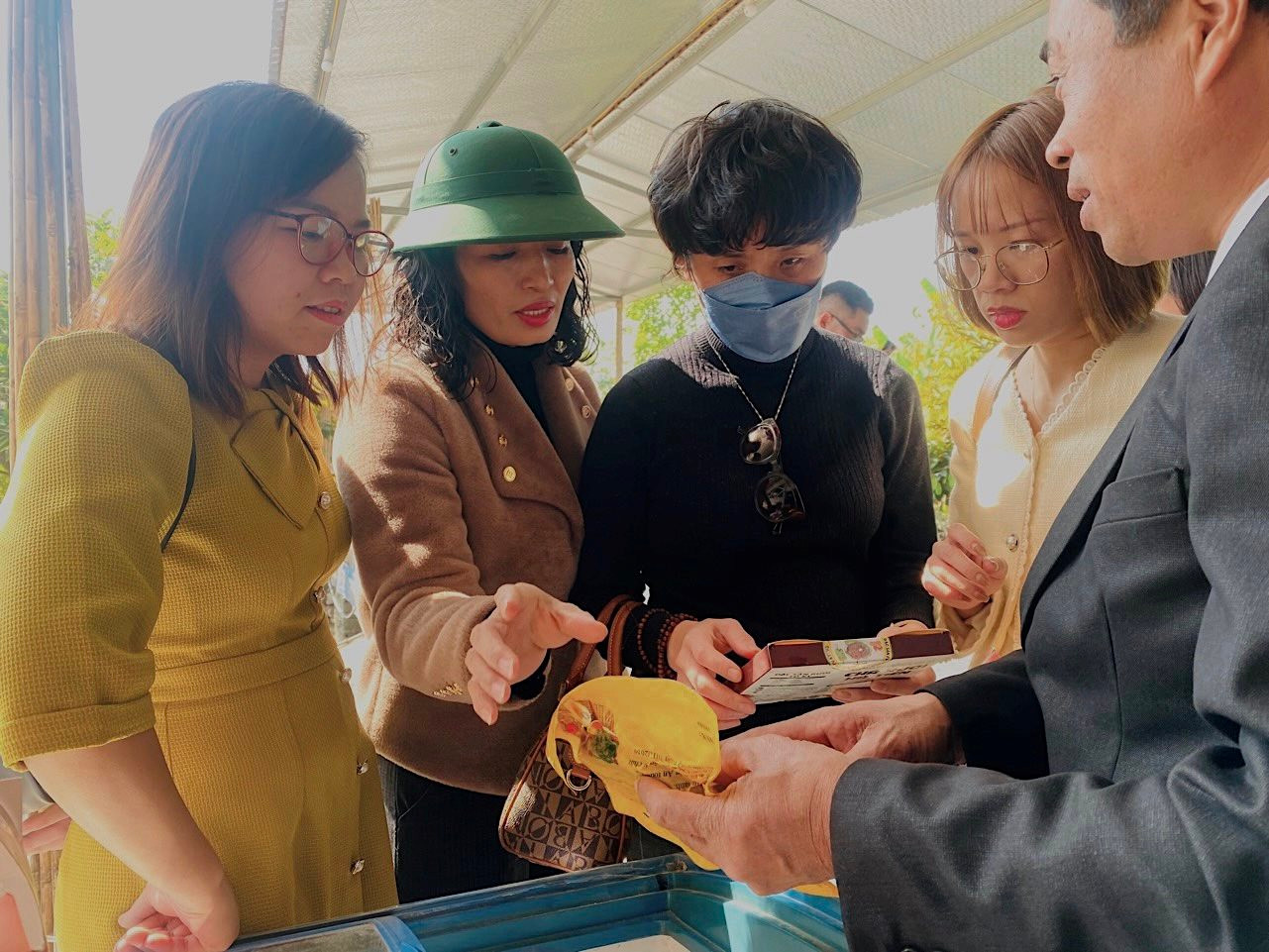
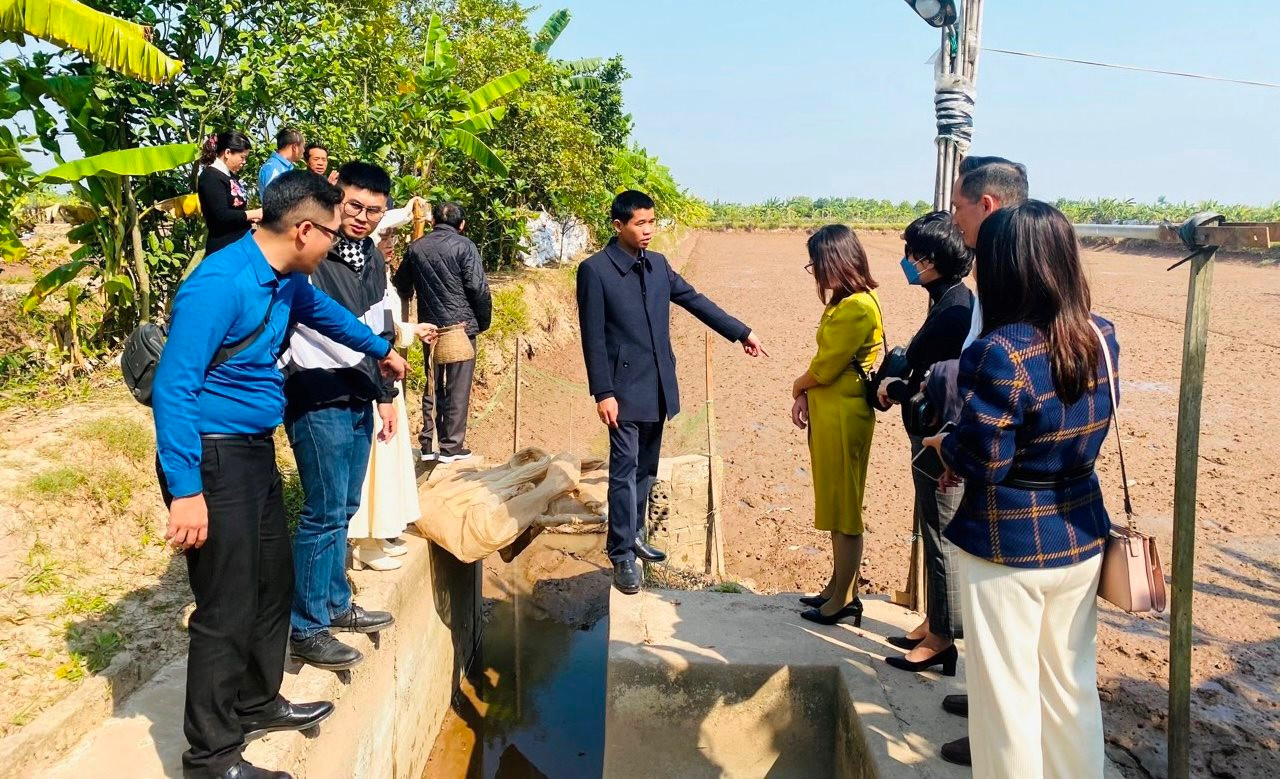
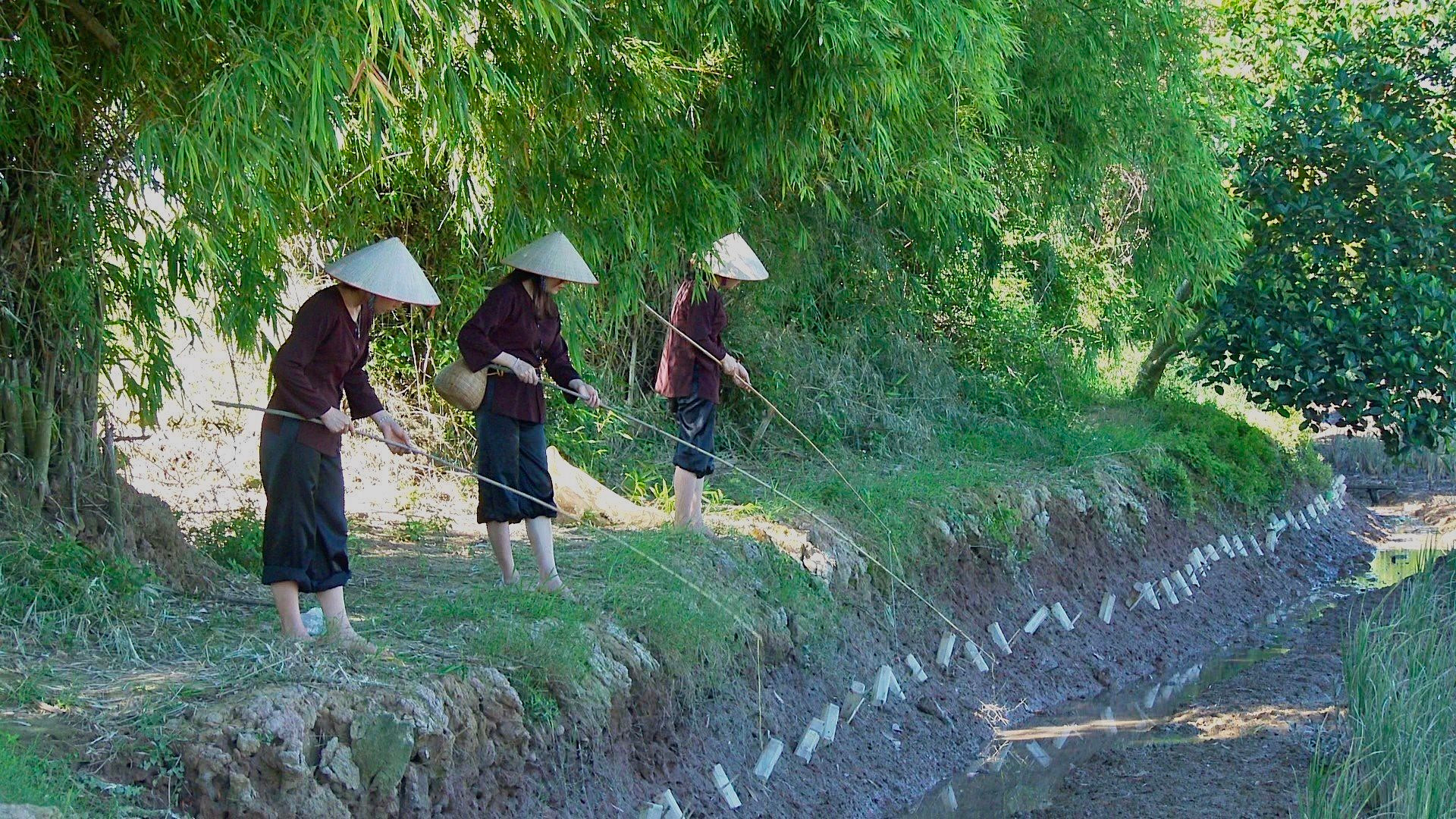
The project "Building and developing tourism in Tu Ky district in the period of 2021-2025" has also determined to turn the rươi and cay exploitation area of An Thanh commune into a key tourist destination. In June 2022, the district organized the first organic rươi rice festival with many activities imbued with the cultural characteristics of the land and local people such as rice harvesting competition, fishing, playing with bamboo baskets... The festival was widely promoted through media channels, known to many travel businesses and people inside and outside the province. It is expected that in late May to early June, the District People's Committee will hold a workshop with the participation of leading scientists and experts in Vietnam to continue to find solutions to maximize the exploitation of rươi and cay resources associated with the development of ecotourism.
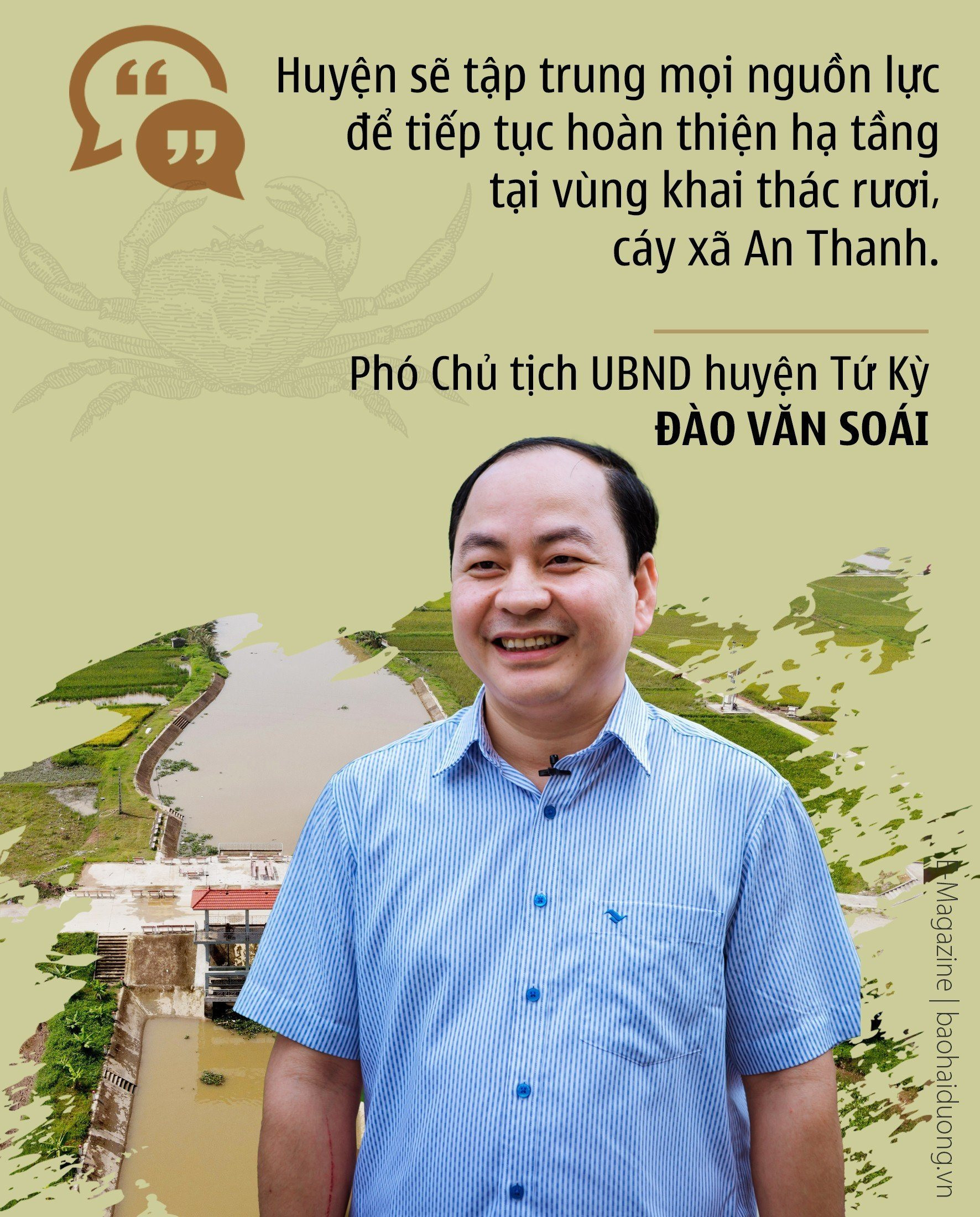
According to the approved regional planning, Tu Ky district will use 6 hectares of the area around Soi culvert to create landscapes and establish tourism products to serve tourists when they come to visit and experience the area where the earthworms and crabs are exploited. The solution of forming homestays and mobilizing people to participate in tourism has also been considered by the district.
People in An Thanh commune are very excited if in the near future the locality will become an eco-tourism and experience destination. Some families have opened restaurants to serve rustic dishes related to rươi and cay for tourists when they come to visit and experience. Currently, products related to the rươi and cay exploitation area such as rươi beach rice, frozen rươi, frozen rươi, rươi cha, rươi niêu have been recognized as 4-star OCOP products, and have been granted a collective trademark registration certificate by the Department of Intellectual Property. These products have repeatedly attended trade promotion conferences inside and outside the province. This is an advantage for Tu Ky district to gradually realize the goal of turning the rươi and cay exploitation area of An Thanh commune into a key area for experience tourism.
Mr. Dao Van Soai, Vice Chairman of Tu Ky District People's Committee, said that in the coming time, the district will focus all resources to continue to complete the infrastructure in the An Thanh commune's rươi and cay exploitation area according to the plan. "To soon turn this area into an attractive tourist destination, contributing to the local socio-economic development, the district hopes to continue to receive attention and investment priority from the province," said Mr. Soai.
Concern for environmental protection combined with the mindset of clean, multi-layered, multi-value agriculture has brought many sweet results to the organic rice growing area combined with the exploitation of earthworms and clams in An Thanh commune. In June 2022, Minister of Agriculture and Rural Development Le Minh Hoan set foot on this land and was very impressed by the creativity and aspiration of local farmers. They cherish every inch of land, know how to give up the mindset of fragmented production, have aspirations and creativity, and turn inherent advantages into greater and more sustainable values.
Content: GOING STRONG
Graphics: TUAN ANH